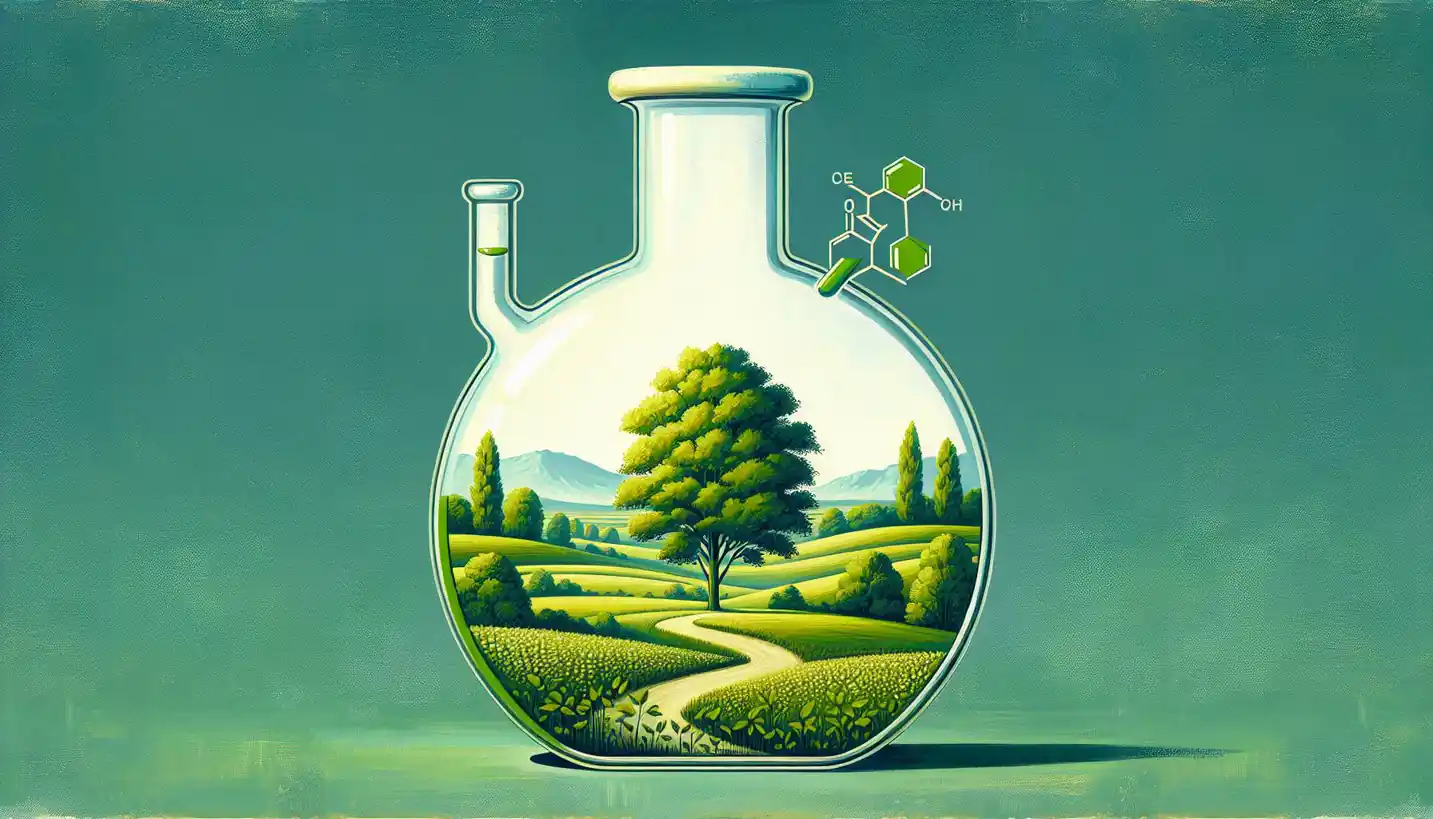· Chemistry · 4 min read
Interfacial Tension: Unveiling the Mysteries of Surface Chemistry
Interfacial tension holds the key to why some liquids refuse to mix. Dive into this captivating layer of surface chemistry.

In the world around us, there’s a fascinating story happening right at the boundary where two different substances meet. This story revolves around something called interfacial tension. It might sound a bit technical, but let’s break it down together and explore why it’s a big deal in chemistry and in our everyday lives.
At its simplest, interfacial tension is like the invisible stretchy skin that forms at the edge between two different liquids or between a liquid and a gas. Imagine a tiny soap bubble, which keeps its shape because of the tension at its surface. That’s a similar idea! But instead of just surfaces, interfacial tension happens at the meeting point—like that between water and oil. You’ve probably noticed that oil floats on water, forming little droplets. That separation is all about interfacial tension doing its job.
What Creates Interfacial Tension?
This tension arises because molecules, which make up everything around us, prefer to stick together with their own kind. In a liquid, molecules are constantly mingling and bumping into one another. However, at the surface, things change. Molecules at the edge are only pulled by their neighbors on one side, creating a force that makes the surface ‘tight.’ When two different substances meet, like oil and water, this tension determines whether and how they mix.
Think of it like social circles at a party. If everyone mingles only within their group, the edge between groups can be pretty defined. But if there’s a lot of mingling, the boundary gets blurred. Similarly, stronger interfacial tension means clearer separation.
Why Does It Matter?
Interfacial tension is crucial in several areas—cooking, cosmetics, and even medicine! Ever wondered why vinaigrette dressing separates into layers? It’s interfacial tension at work. Similarly, in industries, controlling this tension can help in creating emulsions—mixtures where two immiscible liquids are combined, like mayo.
In medicine, interfacial tension is important in drug delivery. It affects how drugs spread across membranes, determining how and where they can work in the body. Understanding this concept allows scientists to design better, more effective drugs.
Observing Interfacial Tension in Nature
Nature is full of examples of interfacial tension at play. Look at a lotus leaf with water droplets beading up perfectly on its surface. This happens because of the unique surface structure of the leaf, which enhances the interfacial tension, making it difficult for water to spread out.
Then there’s the incredible water strider, an insect that can walk on water. Its legs distribute its weight across a wide area, and combined with interfacial tension, this allows the insect to stay afloat without sinking.
How Do We Measure It?
Scientists use various methods to measure interfacial tension, with a common one being the drop weight method. This involves observing the weight and shape of a droplet as it hangs from a tube. The tension literally ‘holds’ the droplet in place, and measuring its fall provides insights into the tension level.
Understanding these measurements allows industries to tweak products for better stability or performance. For instance, in paints or detergents, optimizing interfacial tension can ensure they work effectively under different conditions.
Reducing Interfacial Tension with Surfactants
Surfactants play a huge role in altering interfacial tension. These are special molecules with a dual nature—one end loves water, while the other avoids it. When added to a mixture like oil and water, surfactants position themselves at the boundary, making it easier for the two substances to mix.
This principle is at the heart of many products we use daily, from dish soaps to shampoos. By lowering interfacial tension, surfactants help to remove dirt and oils, making cleaning easier.
The Future of Interfacial Tension Research
The more we understand about interfacial tension, the better we can harness it for new technologies. In environmental science, there’s ongoing research into how this tension can help clean up oil spills more efficiently. By manipulating tension, we could coax oil into forming larger droplets, which are easier to collect.
In nanotechnology, controlling interfacial tension is essential for creating new materials with unique properties. Scientists are exploring how tiny particles behave differently at interfaces, opening the door to innovations in electronics and materials science.
Emphasizing Its Importance
Interfacial tension might seem like a technical detail, but it’s a cornerstone of surface chemistry and plays a huge role in both natural phenomena and technological advancements. By mastering it, we unlock potential in various fields, from more effective medicines to better cleaning products.
Curiosity about the tiny interactions at surfaces continues to drive scientific inquiry, with researchers constantly seeking new ways to manipulate and utilize this invisible force. Who knew that such a small detail could have such a big impact? The next time you see oil floating on water or crack open a can of fizzy drink, you’ll know there’s a world of chemistry at work, thanks to interfacial tension.



